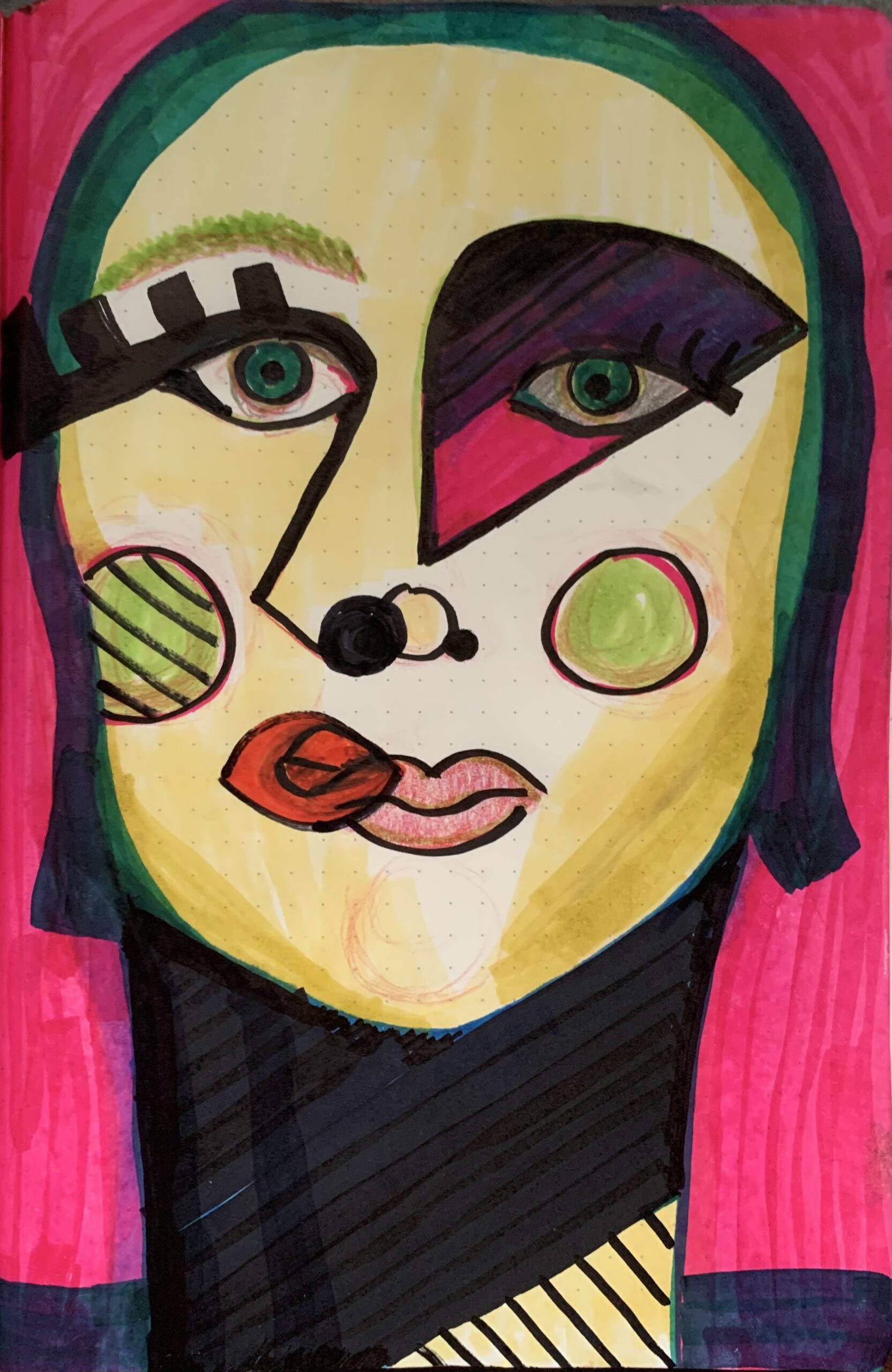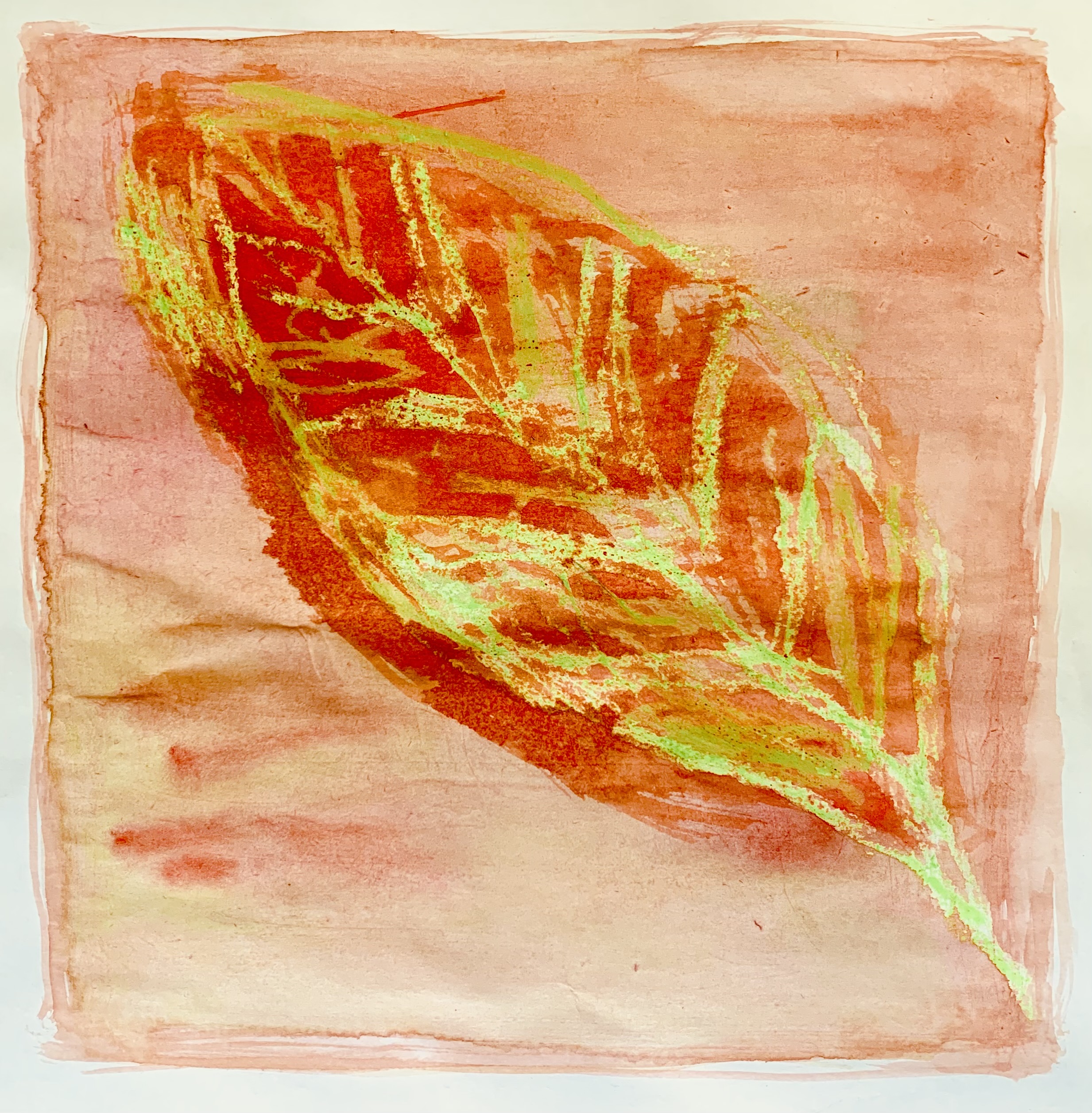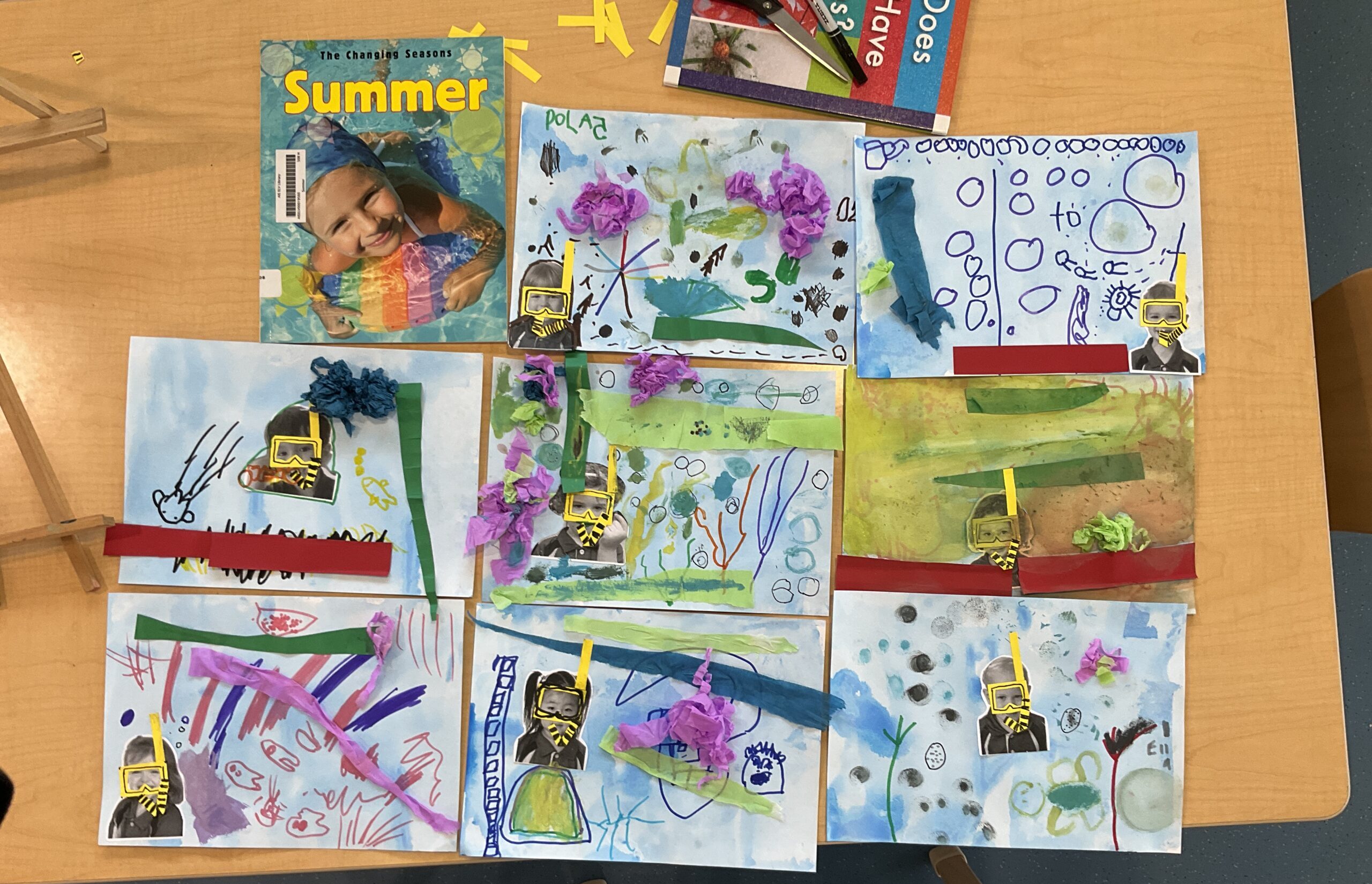Statement of Inquiry:
The evolution of art reflects the changing relationships between humans, their environment, and their understanding of the world, revealing stories of identity and place across time.
Related Concept:
Expression (how humans use art to communicate ideas, beliefs, and experiences) and Connection (how art is influenced by culture, environment, and historical context).
Global Context:
Orientation in Space and Time – Exploring how humans across time have expressed their identities and their relationships with the natural world and the spaces they inhabit.
Activity:
Creating Cave Paintings: A Journey Through Time and Identity
- Introduction (10 minutes):
- Begin by introducing students to the concept of cave paintings as ancient forms of expression that connected early humans to their environment and stories. Show images of famous cave paintings like Lascaux and Altamira and briefly explain their significance (e.g., storytelling, identity, relationship with animals, and survival). Discuss the materials used (natural pigments, charcoal, and hands or primitive brushes) and the connection between art and time/place.
- Reflect on the Theme “Where We Are in Place and Time” (10 minutes):
- Lead a short discussion on the idea of how art reflects the identity and environment of the people who create it. Ask:
- What symbols or images do you think represent your identity and surroundings today?
- How can art help tell the story of your place and time?
- Students can also think about their own connections to the environment, family, or community, drawing inspiration from the past while making it relevant to their present.
- Lead a short discussion on the idea of how art reflects the identity and environment of the people who create it. Ask:
- Create Your Own Cave Painting (25 minutes):
- Students will now create their own cave paintings, simulating ancient techniques using simple materials.
- Materials: Large pieces of brown butcher paper (to simulate cave walls), chalk pastels or charcoal (to mimic natural pigments), and optional brushes or sponges.
- Guidelines:
- Ask students to think about what symbols, animals, people, or objects are significant to them. These could represent their identity, their community, or things that connect them to their time and place.
- Students can use their hands or brushes to apply the chalk or charcoal, making the art feel like an ancient creation.
- Encourage abstract shapes or symbols as used in ancient cave art—don’t worry about perfect drawings but focus on personal expression and storytelling.
- Group Sharing (10 minutes):
- After students finish, they will gather in small groups to share their artworks. Each student will explain the symbolism behind their painting, connecting it to their identity, their community, and their understanding of their place in time.
- Encourage students to reflect on how their art relates to the ancient cave paintings, considering why humans have always used art to communicate their stories.
- Final Reflection (5 minutes):
- As a closing activity, invite students to reflect on how creating this art helped them express their connection to their own world. How does their artwork tell a story, just like the ancient cave paintings?
Inspiration:
- Examples of Cave Paintings:
- Lascaux Cave Paintings (France): Famous for their vivid depictions of animals, these paintings are thought to have been created over 17,000 years ago.
- Altamira Cave Paintings (Spain): Known for detailed depictions of bison, these cave paintings reveal early humans’ connection with nature and the animals they relied on.
- Explore Online Museum Collections:
- The British Museum Cave Art Exhibition: Access virtual exhibitions and educational materials about ancient cave art.
- Lascaux Caves Virtual Tour: A detailed virtual experience of the Lascaux cave paintings.
- Contemporary Cave Art:
- Link to modern-day artists or movements that continue using ancient art techniques or styles to reflect present-day issues.
Assessment/Reflection:
- Evaluate the students’ ability to connect their artwork to the theme of “Where We Are in Place and Time.”
- Assess creativity, thoughtfulness, and how well students articulate their understanding of identity, environment, and expression.






















